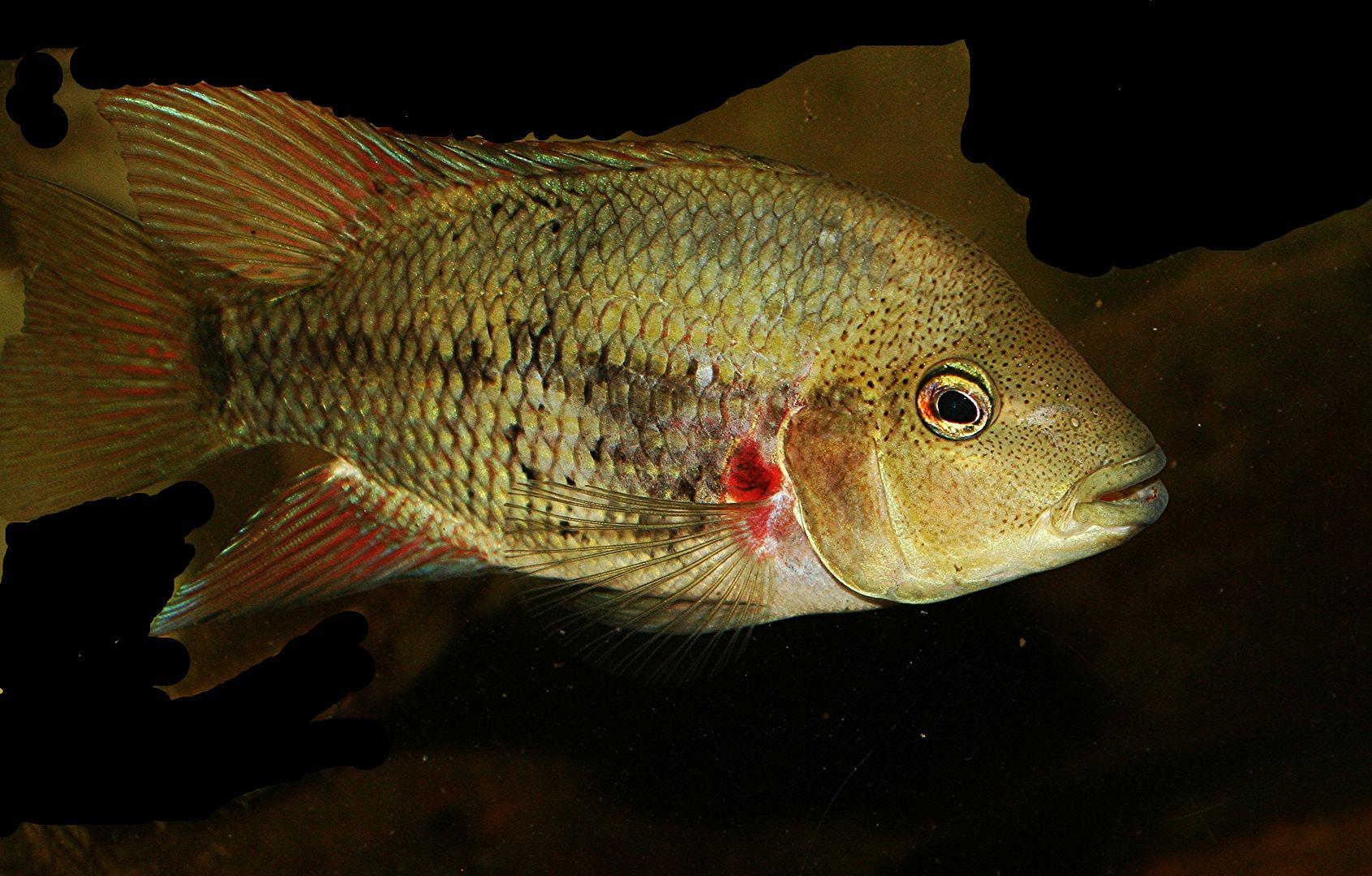keeping one female in a tank of bigger things it couldn't mess with as a kid? that was fun. I miss that fish. because of that fish, it was my favorite species until I got my current pair. getting a pair nowadays when I have more knowledge of them? absolute chaos and I hate it. I got my pair, had them in a QT tank with a bunch of other CA cichlids, and they got dropped on their heads by all of them. I put the small pair in a 10 so 1. they'd recover and 2. they'd be in more contact, but this was counterproductive because they'd just hide and fight. I tried getting some platies in there to bring them out more, which worked, until the male killed them all in a week, and then turned on the female. I put him in with my nanolutea pair (big mistake), and got the female in more quarantine. the male nano and cutteri got in a fight, cutteri took his mate, spawned 3 times with her, which is how I learned cutteri can't really fertilize nanolutea eggs. as a result of this, I guess the female nanolutea got fed up with getting beat up after every infertile spawn died, and paired back up with the male nano. I moved that pair to their own tank, and the male cutteri proceeded as usual with beating up the female, who was now back in the same tank with the male. As I touched on in another post of mine, I put my pair of HRPs in their tank while I tore down their old tank and got their new one refurbished. This was a 3-4 hour window. I get back, the male cutteri is corralling the pair behind the sponge filter, and the male HRP pretty much no longer had any fins. The pair of HRPs is recovered now, at least from the cutteri attack. I moved him to one of my empty QT tanks, and got the female in with my ataeniobius. Then she took on the role of the male and ripped the face off one of my male ataeniobius. That is not an exaggeration. His face was gone, bone was exposed, eyes were hanging out or missing. I unfortunately had to put him out of his misery. I put the female in the same tank as the male, he killed her in a day. Currently trying to rehome him.
TLDR, the cutteri experience is not a good one.
TLDR, the cutteri experience is not a good one.












